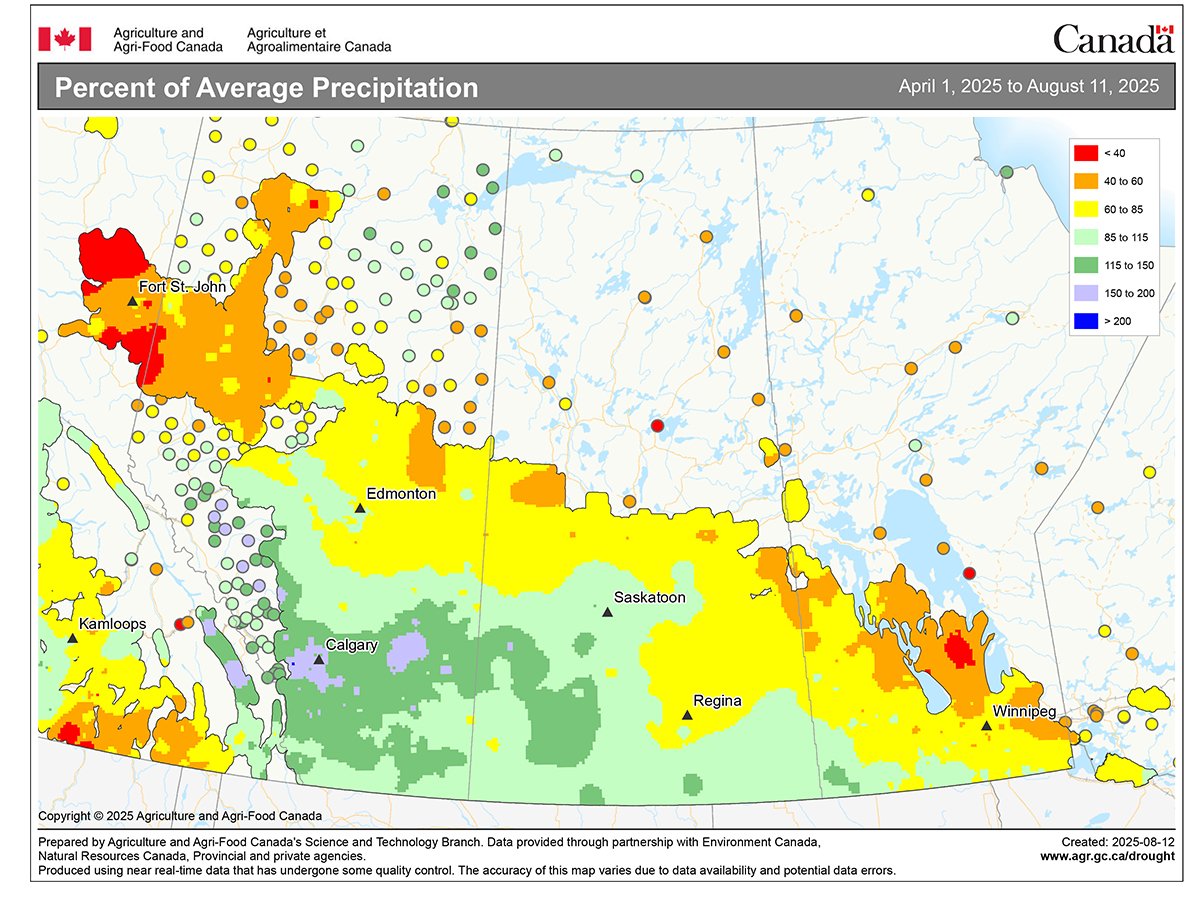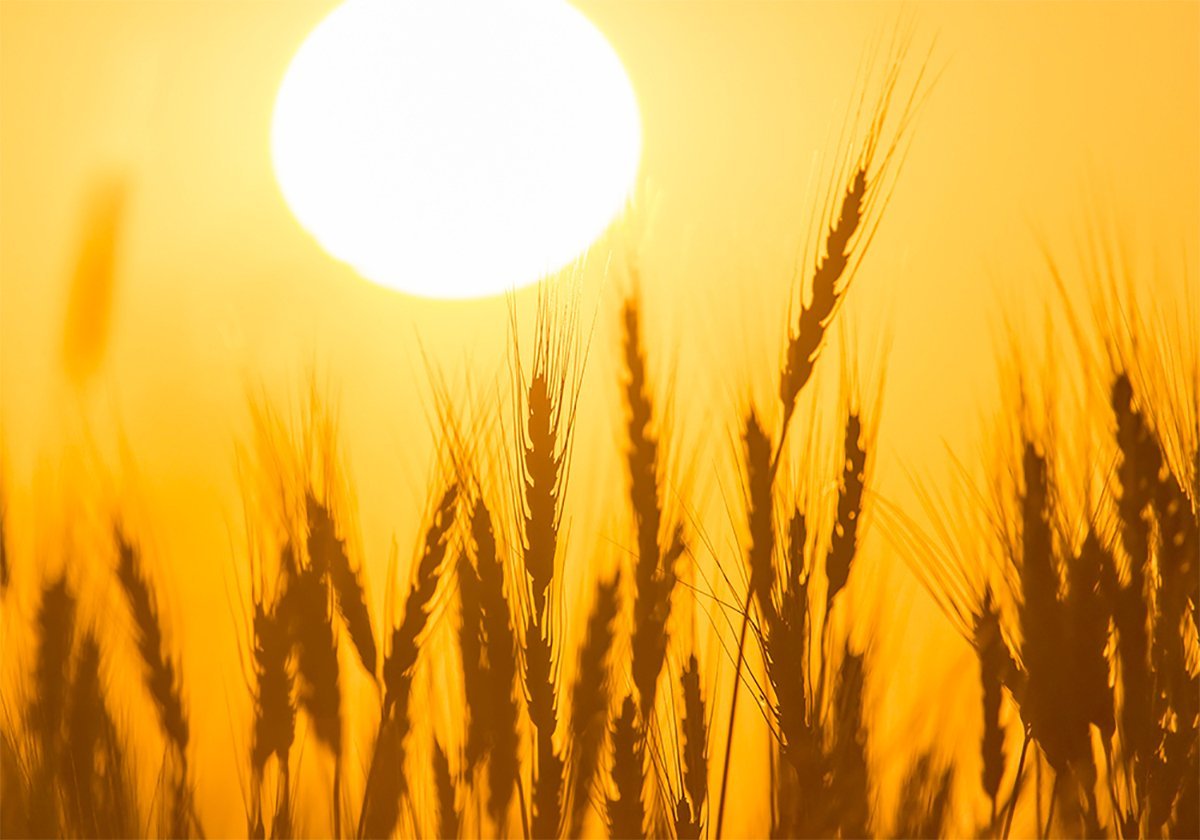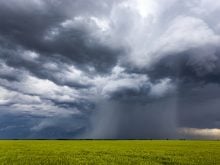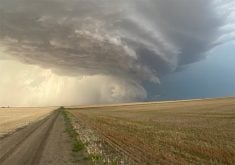As we continue our look at heat waves, I figured we should first define what they are by looking at the criteria Environment Canada uses to define heat events.
If you check Environment Canada’s website for a list of criteria for public weather alerts, you would find the following heat-related alerts for the Prairie provinces.
In southern Manitoba and Saskatchewan, a heat warning or advisory is issued when two or more consecutive daytime maximum temperatures are expected to reach 32 C or warmer and nighttime minimum temperatures are expected to remain at or above 16 C, or when two or more consecutive days of humidex values are expected to reach 38 C or higher.
Read Also

Short rapeseed crop may put China in a bind
Industry thinks China’s rapeseed crop is way smaller than the official government estimate. The country’s canola imports will also be down, so there will be a lot of unmet demand.
In southern Alberta, it is the same criteria as southern Manitoba and Saskatchewan, but without the mention of humidex values because this region rarely sees high humidity.
Over more northern regions, for Manitoba the values are two or more days with daytime highs warmer than 29 C (and 16 C or warmer at night) or humidex values greater than 34 C. In northern Saskatchewan and Alberta, it is 29 C during the day and 14 C at night.
We now know the criteria, but what conditions need to come together to give us a heat wave?
To get the long-lasting, intense, record-breaking heat waves, a couple of meteorological events must come together.
First, we need a blocking pattern to develop, and as I pointed out in the last issue, the most typical pattern is the Omega block.
This pattern has upper-level lows sitting to our west and east with a ridge of high pressure in the middle. This is important because this pattern, as the name suggests, can become fairly stable and tend to sit in one place for several days.
The ridge of high pressure allows for a couple of things to happen.
First, the descending air inhibits the growth of clouds, which in turn means plenty of sunshine, and in the summer, sunshine means heat.

On their own, sunny skies do not mean a heat wave — we see plenty of sunny days in a row without experiencing a heat wave.
The next part has to do with the strength of the high.
When the high is strong, we get very strong subsidence or sinking of air. As this air is pushed downward, it hits the ground and is compressed.
Now, anyone who has used an air compressor, or even just a hand pump, knows that as you compress air, you are forcing the air particles closer together, which in turn increases the rate of particle collisions, and these collisions transfer energy, which we feel as heat.
Don’t believe me? Grab a bike pump, give it 20 or so pumps and then feel the bottom of the pump. It’s hot due to the compression of air.
So, when there is a strong ridge of high pressure over us, the compression of sinking air can dramatically heat the air and give us some truly warm days.
Now, if the upper high is not that warm, then all this compressing and heating of the air won’t do that much to give us record-breaking temperatures.
If the upper high is warm to begin with, then this compression of air, combined with the additional heating of the sun, can really push the temperatures up.
In the next issue we will begin our look at extreme rainfall.
















